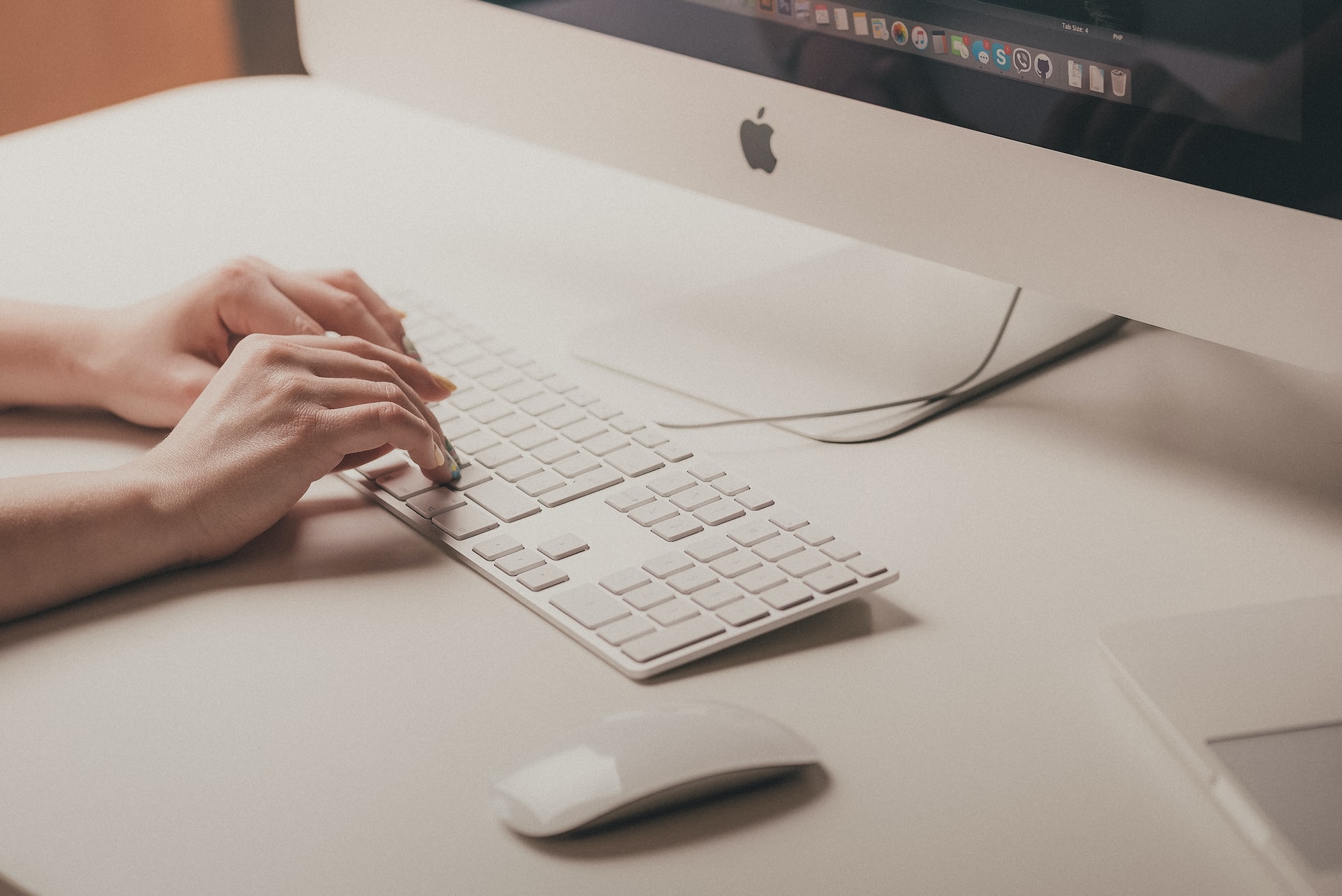Contents
Introduction
You’ve been working on your business for months, maybe even years. You’ve launched your product or service, built a solid reputation in your industry, and established yourself as the go-to name in your field. Now you’re ready to take the next step: branding yourself. But where do you start? Designing a logo is a major undertaking that can introduce new challenges into any designer’s workflow. A logo isn’t just another item on your client list; it’s an integral part of every aspect of your brand identity—whether it be printed on the side of a van or used as an app icon. So before you dive into this project headfirst, here are some tips to help make sure yours turns out right:
Pick meaningful colors.
- Pick meaningful colors.
- Be consistent with the colors you use in your design. For example, if you’re working on a logo for a law firm, don’t use green as one of your main colors. It will be associated with money and not necessarily reflect the services provided by this particular law firm.
- Look at color palettes created by companies that do what you do and see what they are using as their primary color(s). The same goes for celebrities or companies outside of your industry—find out what they are doing so that their success isn’t replicated by other people who don’t know better!
Understand what makes a good logo design.
Something that’s often overlooked when designers are creating logos is what makes a good logo design. There are five critical elements of a great logo:
- Simple, memorable and timeless
A good logo needs to be simple enough so that it can be easily recognized without being too abstract. The primary purpose of the design is to identify the company or organization, so it should be distinctive and memorable enough to leave an impression with viewers. A good logo is timeless—even if you change company or product names, your logo will still represent who you are and what you do today and in the future.
- Relevant to your business
Your business’ name should reflect its products or services in some way; otherwise, how will customers find out about them? Your brand identity should also include other elements such as color schemes, fonts (including special characters) and images associated with your brand identity so everything works together as one cohesive unit rather than looking like separate pieces randomly put together by someone who doesn’t understand either one very well.”
Look for inspiration.
Looking at other logos is one of the simplest ways to get inspiration. You can look at logos in your industry, or logos that are similar to yours.
Some people prefer looking at logos that are completely different from what they’re designing, but I find that looking at something a little different helps the brain process ideas differently and come up with something new. For example, if you’re designing a logo for a bakery shop and you love the way the bottom part of their logo looks like bread slices (with some butter!) then go ahead and copy it! Just make sure that it fits your brand identity and style guide first!
Design your logo for your audience.
- Design your logo for your audience.
Ideally, you should have a clear idea of who will be seeing your logo and where they’ll see it. Is it going to be on the side of a bus? Or printed on the cover of a magazine? Will people be reading it on their computer screen or t-shirts? If so, make sure that those places will still look good when the image is reduced or stretched out (like when printing in black and white). And take into account what colors are being used around it—for example, if your logo has blue text over red lines, might change how people perceive it as compared to having yellow text over green lines instead?
- Have multiple versions prepared before you start designing!
This goes along with the first point: Don’t just design one version of something like this because you think that’s all anyone wants from you—make several versions so there’s no confusion about which one is “better” than another one later down the line when someone else needs them too (and don’t forget about color combinations either!).
Curate your font library.
If you’re not sure where to start, start by curating your font library. This will allow you to see which fonts you have and what they look like—without having to spend too much time on the computer doing it.
If you don’t have any fonts installed on your computer yet, or if they are scattered across multiple folders, consider using a font manager tool (like Font Book) that helps organize them into one location for easy access.
It’s important to note that some fonts require a license before use in commercial projects (e.g., logos and websites). If the license isn’t available from the website where the font was obtained from then contact either:
Design in black and white first.
After you’ve settled on a concept, it’s time to design your logo. Don’t start with color yet! You don’t want to be stuck with a design that won’t work for your brand or audience.
Instead, start by creating the logo in black and white. This will make it easier for you (and others) to give feedback on the design before committing yourself to one specific color scheme. It also makes it easier for you to use the logo anywhere—whether it’s printed or online—without worrying about whether certain colors are going to clash or not. And finally, if you have more than one color palette in mind for your brand identity as well as other elements like stationery design and packaging materials, then starting with black and white first allows you more flexibility later on when choosing which palettes will work best together in each particular situation without being limited by the constraints imposed by having used up all of the available space on an individual element already!
Test your logo with real people.
Now that you’re done designing your logo, it’s time to test it.
- Test your logo with real people.
Don’t just show it to other designers or agencies—they’re likely going to tell you that they love the design and don’t have any suggestions for improvement. Instead, get some real-life users of the product or service that your business provides and see whether or not they understand what the logo conveys.
Good logos are not designed overnight.
You might have heard that good logos aren’t designed overnight. It’s true, because a logo is not only about the design—it’s also about the brand, the message and who you are targeting with your logo.
When creating a new logo, you need to think beyond just what it looks like on paper or on screen. A good logo is more than just shapes; it’s an image that represents your brand, as well as its audience and what they value most.
Conclusion
In conclusion, we hope that this article has helped you design a logo that you can use for your business or personal branding. We know it can be a challenge to come up with one yourself, but don’t worry! The most important thing is to keep trying until you find something that feels right. We’ve given plenty of tips here on how best to approach the process and what things should look out for when designing a logo—but in the end, only practice will make perfect. Good luck!

